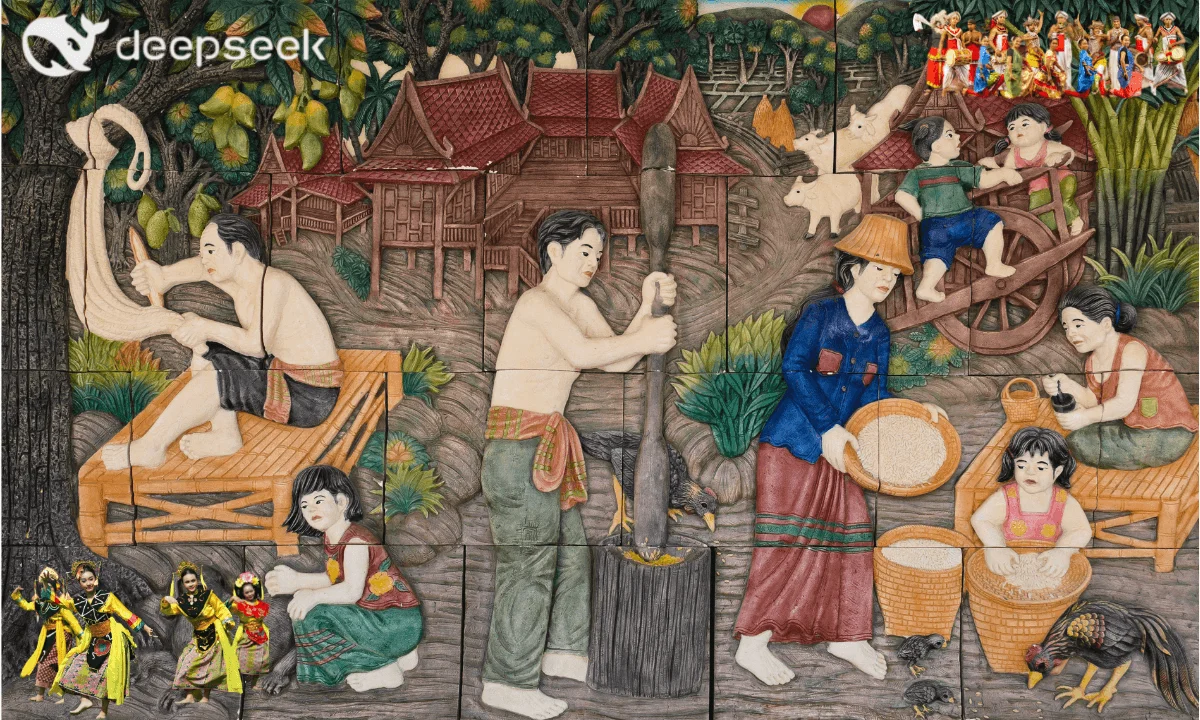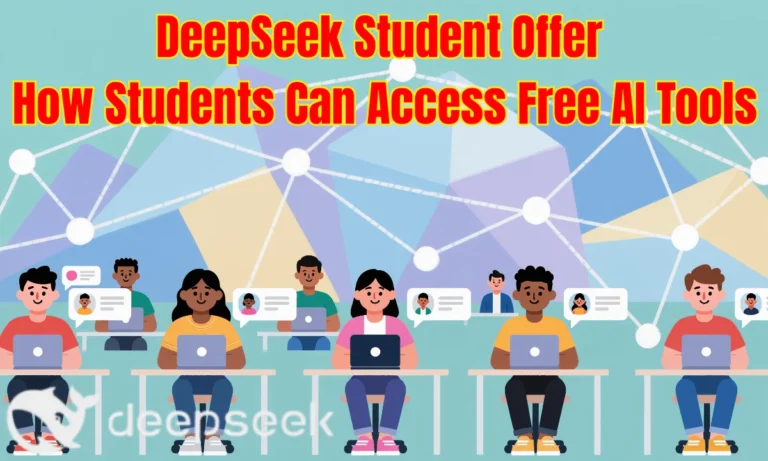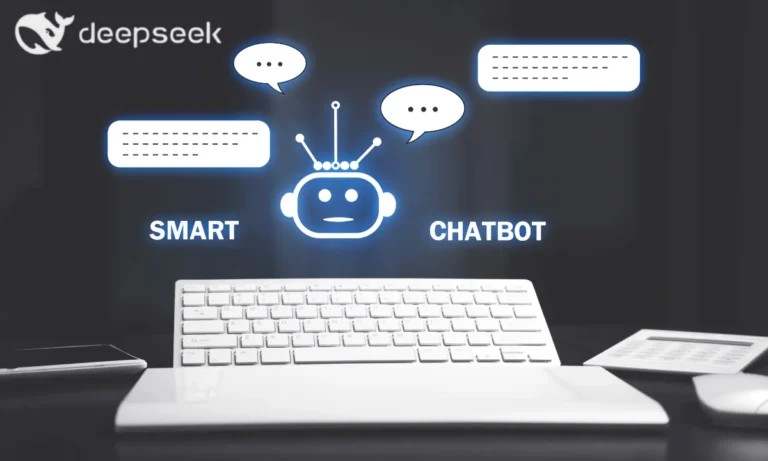AI and Cultural Preservation: Saving Pakistan’s Heritage with Tech
AI and Cultural Preservation
AI and Cultural Preservation: In today’s rapidly changing digital age, Pakistan faces a critical challenge: how to preserve its centuries-old cultural and historical heritage. From the ancient ruins of Mohenjo-Daro and Harappa to the Mughal-era architecture of Lahore and the diverse traditions of its many ethnic groups, Pakistan is home to a rich legacy that risks fading away due to neglect, urbanization, and climate change. Fortunately, Artificial Intelligence (AI) is emerging as a powerful tool to safeguard this priceless heritage. By combining technology with culture, Pakistan is finding new ways to document, restore, and share its history with the world.
How Pakistani YouTubers are Teaching AI to Millions
The Importance of Cultural Preservation in Pakistan
Cultural preservation goes beyond saving monuments and artifacts. It involves protecting languages, music, art, folklore, traditions, and the collective memory of communities. For Pakistan, a country with deep historical roots, cultural preservation is also about strengthening identity and national pride. However, factors such as environmental damage, lack of funding, and limited expertise in heritage management threaten this legacy.
This is where AI-driven technologies are stepping in, providing innovative solutions that were unimaginable a decade ago.
AI for Disaster Management: Lessons from Pakistan’s Flood Crisis
AI for Documenting Historical Sites
One of the biggest hurdles in heritage preservation is documenting sites before they deteriorate further. AI tools like 3D scanning, computer vision, and machine learning algorithms are now being used to create digital replicas of historical landmarks.
For example, advanced imaging systems can scan ancient mosques, forts, and archaeological sites in high detail. These 3D models not only help researchers study the structures without physical contact but also enable virtual tourism. Imagine exploring Lahore Fort or Taxila Museum through a VR headset powered by AI—a way of making history accessible to anyone, anywhere.
Restoring Damaged Artifacts with AI
Centuries of exposure to natural elements and human negligence have left many artifacts in a fragile condition. Traditionally, restoration is a slow and costly process, requiring highly skilled experts. But with AI, restoration is becoming faster and more accurate.
Machine learning algorithms can analyze damaged manuscripts, faded paintings, and eroded sculptures to predict their original appearance. For instance, AI can reconstruct missing sections of Mughal miniature art or digitally enhance ancient calligraphy found on historical documents. This ensures that even if the original is lost, a digital twin survives for future generations.
DeepSeek AI’s Community Outreach: Free Workshops for Students
Preserving Pakistan’s Linguistic Heritage
Pakistan is a land of diverse languages, including Punjabi, Sindhi, Pashto, Balochi, Saraiki, Brahui, and many indigenous dialects. Unfortunately, several of these languages face extinction due to globalization and lack of use in education and media.
AI-powered Natural Language Processing (NLP) tools are being used to document and digitize these languages. Speech recognition systems and machine translation models are helping preserve endangered dialects by creating dictionaries, audio archives, and learning platforms. Such initiatives not only safeguard linguistic diversity but also promote cultural inclusion.
Pakistani AI Influencers You Should Follow in 2025
AI in Music and Oral Traditions
Music and oral storytelling are integral parts of Pakistan’s cultural identity. From Sufi poetry to folk songs, these traditions have been passed down orally for generations. However, without proper recording and archiving, much of this intangible heritage risks being forgotten.
AI is now being used to digitally archive folk music, analyze sound patterns, and even recreate lost melodies. For example, algorithms can restore old audio tapes of qawwalis or analyze regional rhythms to preserve their unique structure. By doing so, AI ensures that future generations can connect with the soul of Pakistan’s cultural heritage.
Virtual Museums and AI-Powered Tourism
Tourism is an important way to generate awareness and revenue for cultural preservation. AI is revolutionizing the way people engage with heritage through virtual museums, AR (Augmented Reality) experiences, and smart guides.
Imagine standing in front of Mohenjo-Daro ruins and using your phone’s camera to see a digital reconstruction of how the city once looked. Or exploring the Pakistan Monument in Islamabad with an AI-driven guide that explains history in real-time. These innovations not only make history interactive but also encourage young people to take pride in their culture.
Bridging the Digital Divide: AI Education in Rural Pakistan
AI Against Climate and Urbanization Threats
One of the biggest threats to Pakistan’s heritage is climate change. Floods, rising temperatures, and urban sprawl are damaging historical sites. AI can help here too. Predictive algorithms can analyze weather data to forecast risks, allowing timely interventions to protect monuments.
For instance, AI-powered drones can monitor erosion around Mohenjo-Daro or identify cracks in heritage buildings before they collapse. Such proactive measures can save millions of rupees in restoration costs and prevent irreversible cultural loss.
Startup Spotlight: AI Ventures Thriving in Islamabad’s Tech Hub
Challenges in Using AI for Heritage Preservation
While the benefits are clear, there are also challenges. Implementing AI projects requires funding, infrastructure, and skilled professionals—resources that Pakistan often struggles with. Additionally, there is the issue of digital accessibility, as rural communities may lack exposure to such technologies.
Another concern is data ownership. Who controls the digital replicas of Pakistan’s heritage? Ensuring ethical use and preventing commercial exploitation is a key aspect of preservation.
AI Literacy: Why Pakistani Schools Need to Teach Machine Learning
The Road Ahead
Despite challenges, the future looks promising. Government institutions, universities, and private tech companies are increasingly collaborating to use AI in heritage preservation. Initiatives like digital archives, AI-powered conservation projects, and online learning platforms are gaining traction.
Pakistan can also benefit from international partnerships, where global AI research is applied to local heritage. With the right policies, funding, and community involvement, Pakistan can ensure that its cultural treasures are not just preserved but also celebrated worldwide.
DeepSeek AI Hackathons: Fueling Innovation in Karachi and Lahore
Conclusion
AI is more than just a modern technological trend—it is becoming a lifeline for cultural preservation. In Pakistan, where history spans thousands of years and cultures, AI offers a way to protect, restore, and share this heritage with future generations. From digital replicas of ancient ruins to AI-powered archives of endangered languages, technology is breathing new life into traditions at risk of being lost.
By embracing AI, Pakistan can strike a balance between progress and preservation, ensuring that its cultural legacy continues to inspire generations to come.






